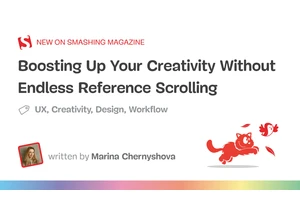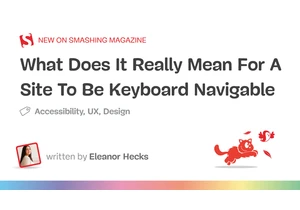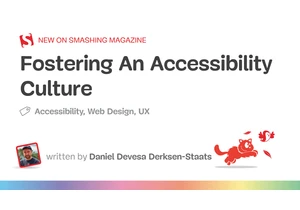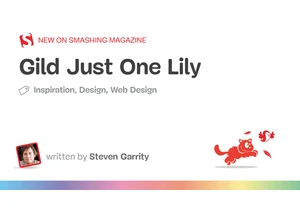Icons are capable of enhancing the content that surrounds them, but they have to be self-explanatory for that to happen. We have icons for things we like (a thumbs up), things we can share (a box topped with an up arrow), and even for protection against malicious online attacks (a shield), but what are the options we have for representing “privacy”? https://smashingmagazine.com/2023/11/search-ideal-privacy-icon/
Accedi per aggiungere un commento
Altri post in questo gruppo

It starts with good intentions — a quick fix here, a shiny feature there — and suddenly, your product portfolio’s bursting at the seams. In this guide, Talke Hoppmann-Walton walks you through a “Produ

While it is clear that creativity is driven by both the left and right hemispheres, an important question remains: how can we boost creativity while keeping the process enjoyable? It may not be obviou

Poor internet connectivity doesn’t have to mean poor UX. With PWA technologies like IndexedDB, service workers, and the Background Sync API, you can build an offline-friendly image upload system tha

Keyboard navigation is a vital aspect of accessible web design, and a detail-oriented approach is crucial. Prioritizing keyboard navigation prioritizes the user experience for a diverse audience, exte

While there’s no definitive playbook for building an accessibility culture, Dani shares lessons from his experience in shaping it through habits rather than mandates. https://smashingmagazine.com/2025

Dark mode isn’t just a trendy aesthetic. It’s a gateway to more inclusive digital experiences, but only if designed thoughtfully. Discover how to craft dark modes that don’t just look good but work fo

“Gilding the lily” isn’t always bad. In design, a touch of metaphorical gold — a subtle animated transition, a hint of color, or added depth in a drop shadow — can help communicate a level of care and
